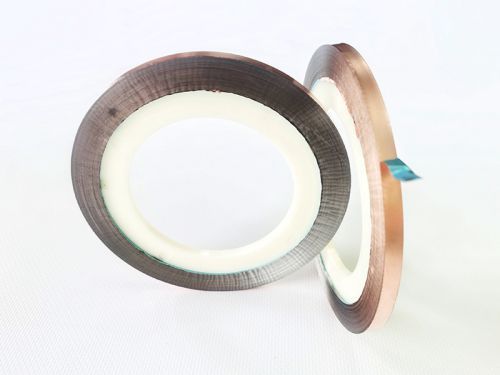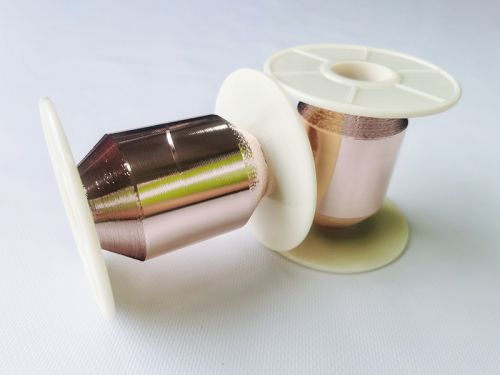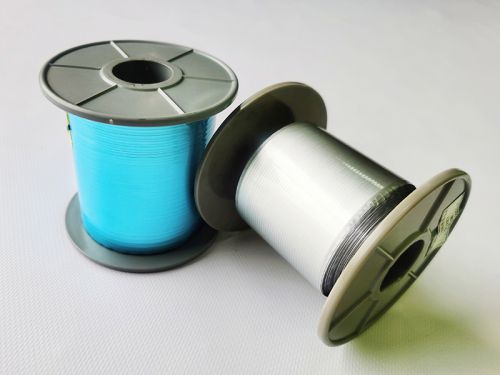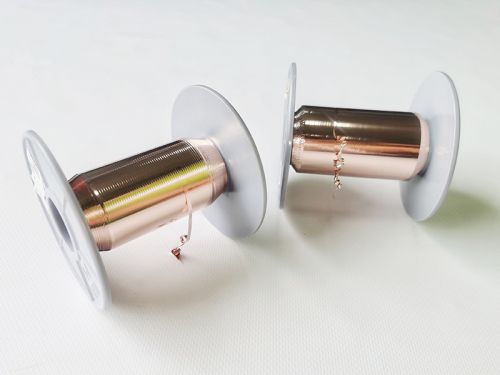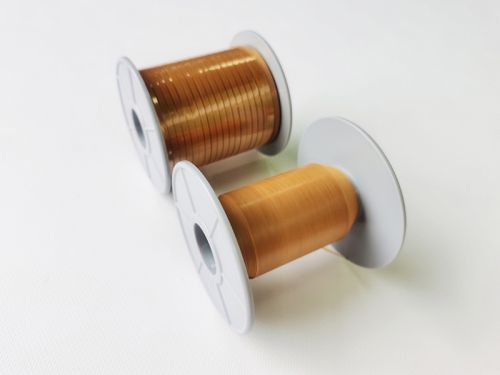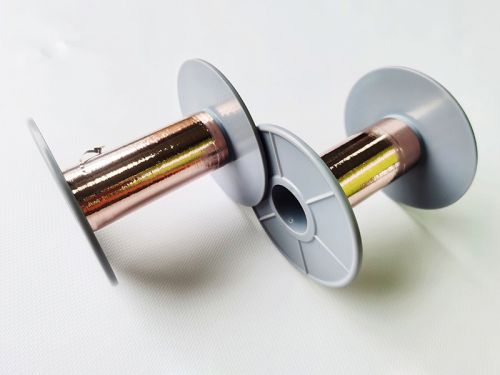Vacuum metallization is used across various industries, such as automotive lighting, electronics, cosmetics and product packaging, EMI/RFI/ESD shielding, vapor barrier protection, solar/photovoltaic applications, and more. Compared to other processes, it offers the following advantages:
- Cost-Effective: Vacuum metallization is more cost-effective and can meet specific appearance requirements. It is also environmentally friendly.
- Safety: Unlike traditional methods, vacuum metallization does not involve hazardous mixtures of chromium and cyanides. The cleaner process reduces risks associated with chemicals in the parts.
- Versatility: Vacuum metallization can meet a wide range of functional and decorative requirements, addressing specific industrial coating challenges. It offers advantages such as excellent shielding against electromagnetic interference, moisture or vapor resistance, and coating uniformity. Vacuum metallization also exhibits high tolerance for characteristics like moisture or vapor resistance and adhesion, enhancing reflectivity.
FAQs
What is vacuum metallization?
Vacuum metallization encompasses methods like vacuum deposition, sputtering, and ion plating, which create various metal and non-metal films on product surfaces within a vacuum environment, achieving the effect of plating.
How does vacuum metallization differ from electroplating?
The main difference between electroplating and vacuum metallization is the cost. Vacuum metallization is generally more expensive, and its process complexity is higher compared to electroplating.
What's the difference between PVD and IP plating?
IP stands for Ion Plating and is a more detailed categorization within PVD technology. PVD methods include vacuum deposition, sputtering, and ion plating (IP). IP is considered the best technique for adhesion and durability.
Why is the vacuum necessary for coating?
In the vacuum, materials for coating are evaporated or sputtered, and they deposit onto the substrate, forming a thin film. The absence of air molecules interference allows the coating material to travel straight and create a highly uniform layer.
What is PVD coating?
Physical Vapor Deposition (PVD) is a process many manufacturers use for coating metals such as titanium and stainless steel. This technique involves "shooting" metal at another metal at high temperatures, transforming the material from a vapor phase to a solid film.

